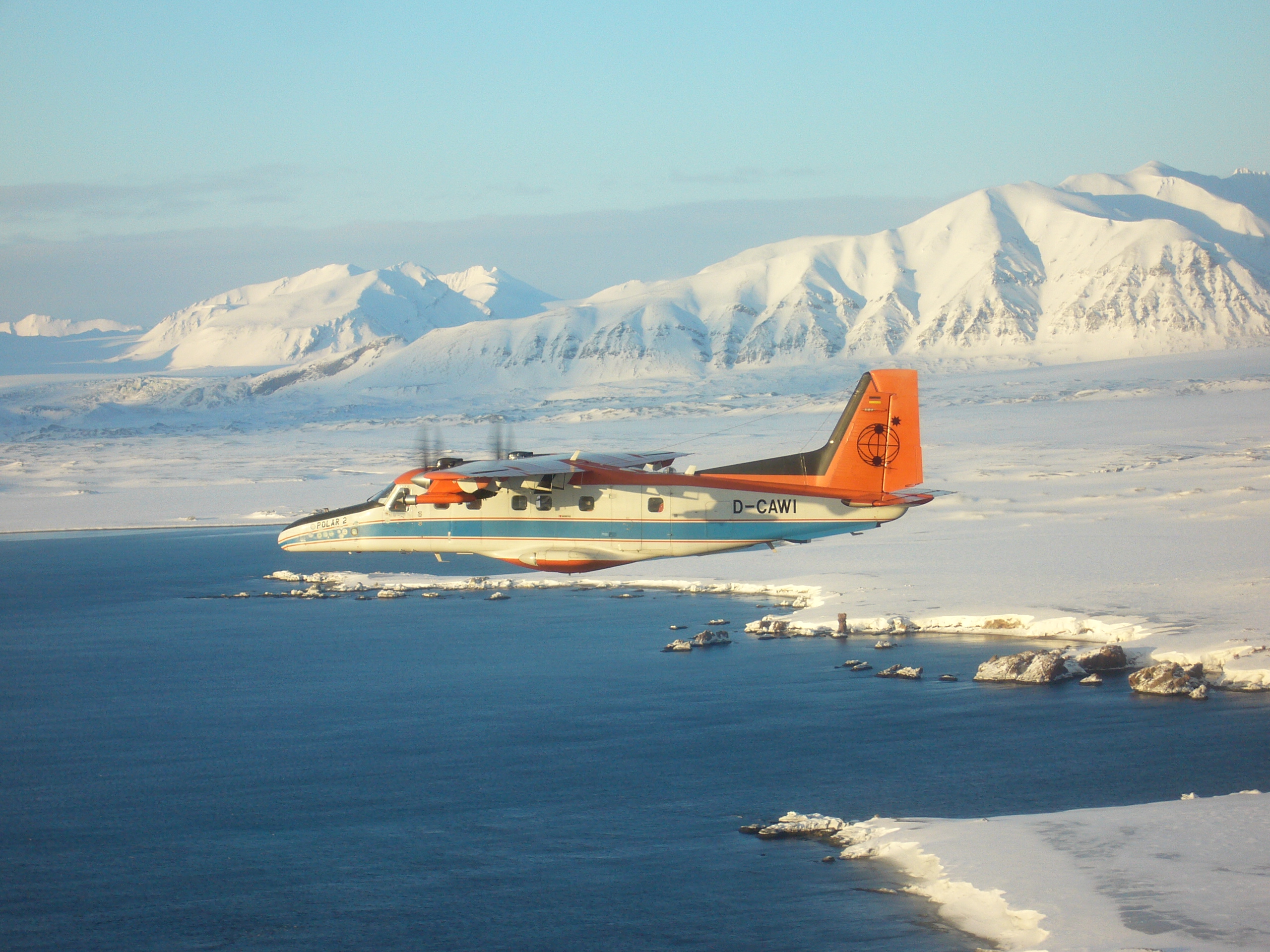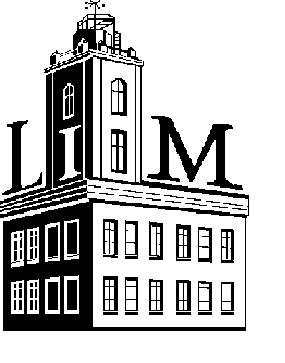SoRPIC NEWS
24 May 2010 (Tuesday)
Aftermath: De-integration of the SoRPIC instruments from the Polar-5 in Bremerhaven.
20 May 2010 (Thursday)
Departure of most SoRPIC participants. Thanks to everybody for contributing!
18 May 2010 (Tuesday)
17.08 CEST: The Polar 5 has left Svalbard Airport. Guten Flug!
18 May 2010 (Tuesday)
Again, the Eyjafjallajökull volcano causes trouble. An ash plume is advected toward Svalbard. Any further research is cancelled and the Polar 5 is preparing to return to the mainland TODAY.
17 May 2010 (Monday)
The third flight of the EAGLE probing warm clouds in the South, close to Bear Island.
16 May 2010 (Sunday)
The second flight of the EAGLE, mapping some of Svalbard's coastline and a field of low-level clouds over the Greenland Sea.
15 May 2010 (Saturay)
The first flight of the EAGLE!
14 May 2010 (Friday)
The second EM-Bird flight was successful and brought us both beyond 82 degrees north and into the western hemisphere.
13 May 2010 (Thursday)
The first flight with the EM-Bird was aborted after finding insufficient visibility in the target area.
12 May 2010 (Wednesday)
The Bird cable arrived!
11 May 2010 (Tuesday)
Seventh science flight, west of Svalbard. Start re-configuration for EM-Bird measurements.
10 May 2010 (Monday)
Sixth science flight, west of Svalbard.
9 May 2010 (Sunday)
Fifth science flight, north-west of Svalbard.
8 May 2010 (Saturday)
Day off.
7 May 2010 (Friday)
The P5 navigation is not yet fixed, and ground power has failed, too. Also no measurement weather.
6 May 2010 (Thursday)
Fourth science flight, west of Svalbard, aborted after 15 minutes due to technical failures. The Polar-5 is grounded until repaired.
5 May 2010 (Wednesday)
Third science flight, south-east of Svalbard, 3 hours. Few ice particles in the clouds, some below, less icing on the aircraft.
4 May 2010 (Tuesday)
Second science flight, west of Svalbard, 5 hours. No ice particles in the clouds, but icing on the aircraft.
3 May 2010 (Monday)
First science flight, south-east of Svalbard
1 May 2010 (Saturday)
Ground test and a few repairs. Test flight (2.5 h duration) in the afternoon, with a radiation box and photometer circles at 80 degrees North.
30 Apr 2010 (Friday)
The first group of scientists has arrived in Longyearbyen. The Polar-5 is on its way from Bremerhaven via Trondheim [landed there 0950 UTC] and Tromsö, and should (weather permitting) arrive here by 1900 local.
28 Apr 2010 (Wednesday)
No test flight due to licensing delays. We will use the first flight in Longyearbyen for testing. End of instrument integration; packing and departure of participants. See you all in Longyearbyen!
27 Apr 2010 (Tuesday)
The integration of instruments is more or less finished. The first ground test on the apron with electricity was mostly successful. EM-Bird flights are delayed until a replacement cable is delivered. Awaiting some last paperwork, the P-5 is planned to leave for Svalbard on Thursday and arrive there on Friday. Almost all campaign members will arrive on the same flight Thursday night.
24 Apr 2010 (Saturday)
Four of the five racks are inside the P-5 now, the cable mess starts to bloom.
23 Apr 2010 (Friday)
More integration work. The campaign duration has been officially re-set to 30 April to 20 May (arrival and departure of the P-5 in LYR).
22 Apr 2010 (Thursday)
Start of integration work!
21 Apr 2010 (Wednesday)
The P-5 arrives in Bremerhaven at 5 pm.
20 Apr 2010 (Tuesday)
As the air space starts to open up again, the P-5 is on its way to Keflavik, Iceland, and is expected to arrive in Bremerhaven late Wednesday afternoon. Integration starts on Thursday morning and may take up to one week.
19 Apr 2010 (Monday)
With the ash cloud possibly approaching Labrador, the P-5 might have to be relocated to Muskoka, Ontario. The vulcano continues to eject ash, and the trajectories towards Europe change only slowly. Under most optimistic conditions, integration could start on Thursday.
18 Apr 2010
The Polar 5 is still stuck in Goose Bay, Canada, until further notice. Even when things get going again, it may take up to two days after that until we can start integration.
17 Apr 2010
The Polar 5 is preparing to fly from Canada to Iceland. It is still unknown when air-traffic limitations will be lifted and when the Polar 5 will be able to continue its journey to Bremerhaven. We can expect it to arrive there no earlier than Monday afternoon.
15 Apr 2010
The eruption of the Eyjafjallajökull volcano brings an intense plume of volcanic ash towards Europe. This may either mess up our time schedule or provide new interesting scientific cases to investigate!
24 Feb 2010
Web test The new Sorpic website goes online (test mode, v1.1)
12 Jan 2010
In memoriam P-2 For the one truthful participant of ARCTAS 2007 who will not join us this time.

|












